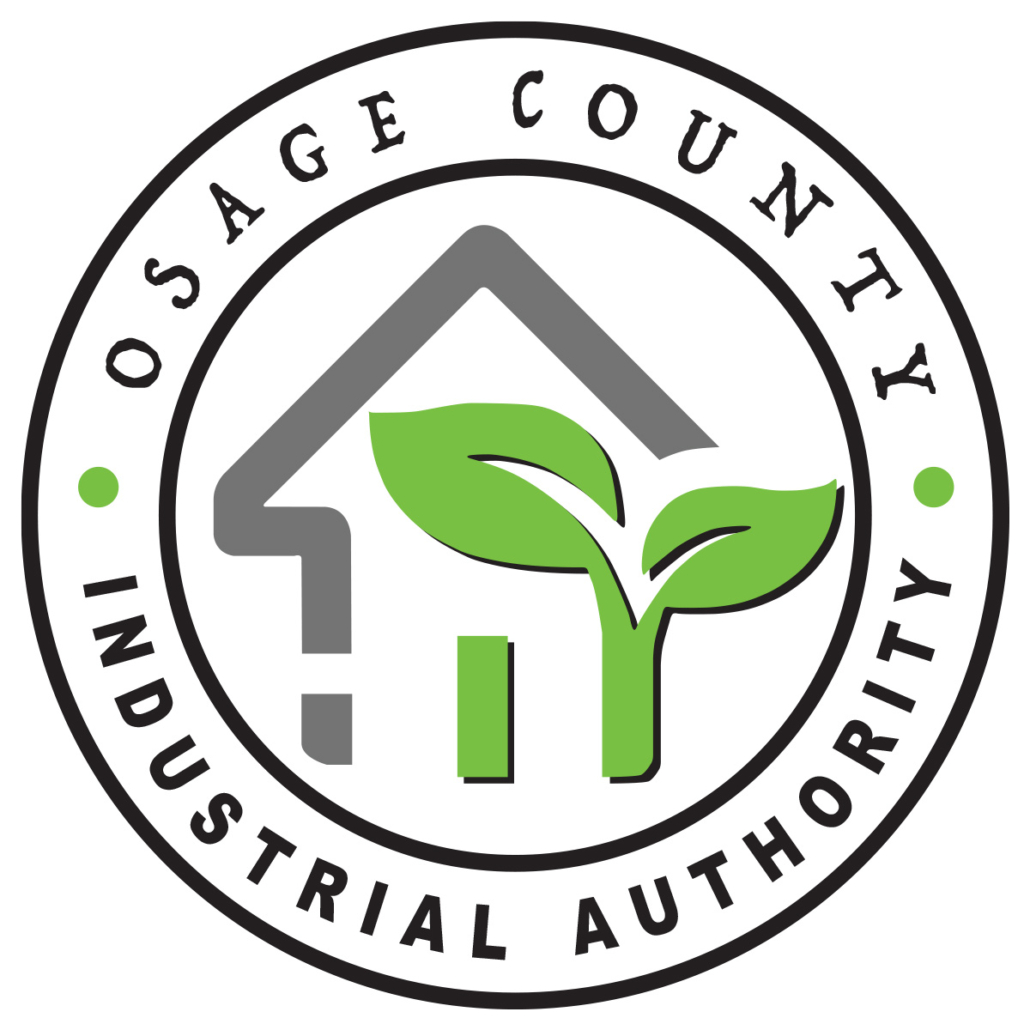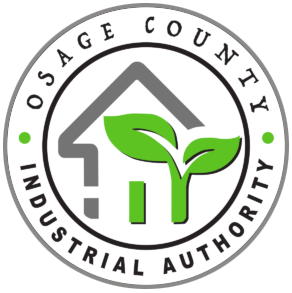The Important Role of Break-Even Analysis for New Businesses
Launching a new business is a thrilling venture, but success in the entrepreneurial realm hinges on a deep understanding of financial dynamics. One indispensable tool in the financial toolkit of any startup is the break-even analysis. In this article, we’ll unravel the importance of a break-even analysis, elucidate the process of creating one, discuss the optimal timing for its implementation, and explore how this analysis empowers business owners to navigate various financial scenarios.
The Significance of Break-Even Analysis
A break-even analysis serves as the North Star for a new business, guiding it through the vast expanse of financial uncertainties. At its core, a break-even analysis identifies the point at which total revenue equals total expenses, signifying the threshold where a business neither incurs profit nor sustains losses. This pivotal insight provides entrepreneurs with a clear roadmap to financial sustainability.
1. Financial Planning and Decision-Making
Creating a break-even analysis is not just about crunching numbers; it’s about strategic planning. By understanding the point at which revenue covers costs, business owners can make informed decisions on pricing, production volume, and resource allocation. It acts as a compass, steering the business toward profitability.
2. Resource Allocation
For startups operating on limited resources, efficient allocation is paramount. A break-even analysis aids in identifying the minimum revenue required to cover fixed and variable costs. This knowledge empowers business owners to allocate resources judiciously, avoiding wastage and optimizing efficiency.
3. Setting Realistic Goals
Every business sets its eyes on the prize of profitability, but setting realistic goals is the first step. A break-even analysis provides a tangible benchmark, allowing entrepreneurs to set achievable milestones and track progress. It transforms abstract financial aspirations into concrete, measurable targets.
Creating a Break-Even Analysis: A Step-by-Step Guide
1. Identify Fixed and Variable Costs
Begin by categorizing costs into fixed and variable. Fixed costs, like rent and salaries, remain constant regardless of production volume, while variable costs, such as raw materials, fluctuate with business activities.
2. Determine Selling Price
Establish the selling price of your product or service. This is the amount you receive per unit sold.
3. Calculate Contribution Margin
Subtract variable costs from the selling price to determine the contribution margin per unit. This margin contributes to covering fixed costs.
4. Break-Even Point Calculation
Divide total fixed costs by the contribution margin to arrive at the break-even point in units. This is the number of units that must be sold to cover all costs.
5. Break-Even Point in Revenue
Multiply the break-even point in units by the selling price to determine the break-even point in revenue. This is the revenue needed to cover all costs and achieve the break-even point.
Timing is Key: When to Create a Break-Even Analysis
While the temptation to delve into the world of break-even analysis may arise at any stage, its optimal timing is during the business planning phase. It should be an integral component of the business plan, providing a solid foundation for financial projections and strategic decision-making.
1. Pre-Launch Preparation
Before launching your business, a break-even analysis lays the groundwork for setting realistic goals, pricing strategies, and resource allocation. It’s a proactive measure that helps entrepreneurs navigate the financial terrain with foresight.
2. Periodic Review
Business landscapes evolve, and so should financial strategies. Regularly revisiting the break-even analysis ensures that it remains aligned with current market conditions, helping businesses adapt and thrive.


